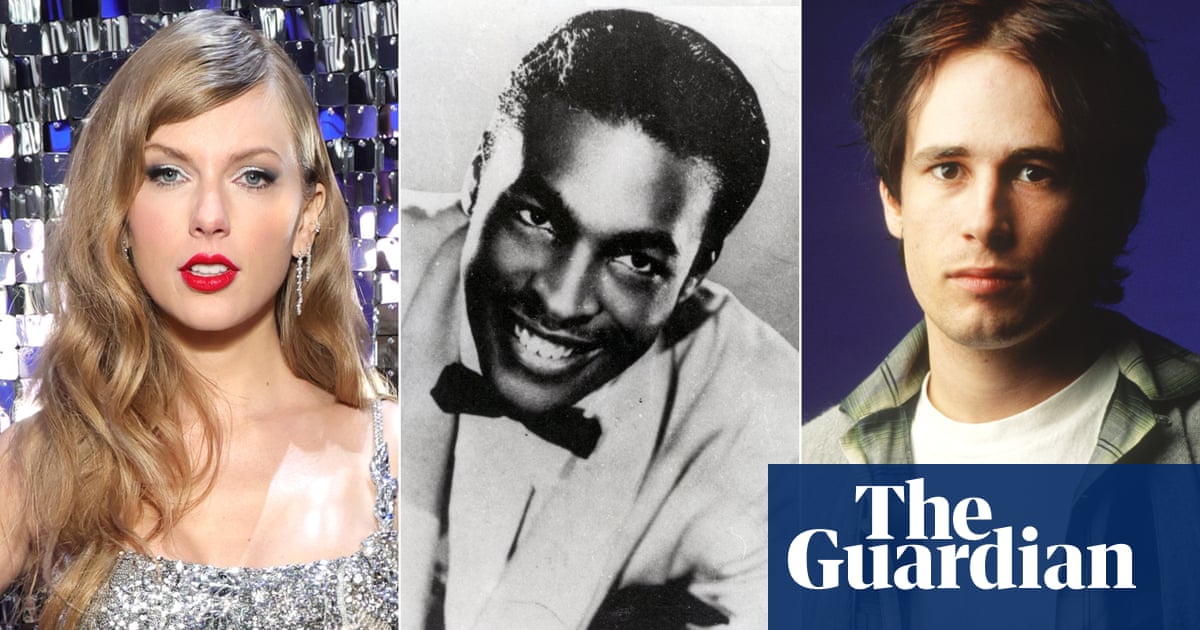
Growing up, trips to the theatre for me involved squinting at the stage, unable to follow what was happening. Being partially sighted, plays have felt out of my reach. But now here I am standing on the stage at Curve theatre in Leicester, running my fingers along the delicate gold sequins of a costume for A Chorus Line. There are around a dozen of us at this pre-show talk for visually impaired people, which gives us a chance to familiarise ourselves with the performance we’ll be watching in an hour’s time.
Before the pandemic, this pre-show talk would have taken the form of a touch tour, where we’d get to feel more of the costumes and set. Today we can only touch two costumes due to Covid safety precautions, but even through the thin gloves we wear, I can feel the texture, the snag of chiffon and sequins, and see details up close. Our guide, Nadine Beasley for Talking Sense Audio Description Services, tells us how the bright lighting in the show’s finale will make these outfits dazzle.
We see several other costumes as Beasley talks us through the rack of leotards and checked shirts, telling us which outfit belongs to which character. She also describes the set and gives us the background to A Chorus Line. Beth Hinton-Lever, who plays Bebe in the show, pops in to introduce herself and gives a helpful description of what she will look like on stage. The talk leaves me with a grounding in the play, the set and its characters, and I feel tentatively hopeful that it’ll help me follow the action.
Many theatres offer accessible performances, with adaptations from sign language and captioning to dementia-friendly and relaxed viewings. I asked artist Jamie Hale, who recently directed CRIPtic Pit Party at the Barbican, about theatre access. They told me about some of the barriers they experience, such as lack of wheelchair access, and having to phone to book accessible tickets. While there have been improvements, the inclusion of more disabled people in the industry, Hale says, would increase theatre’s accessibility.
Tonight’s performance of A Chorus Line will be audio-described by Beasley, giving a live account of the action, delivered via headsets that still allow us to hear everything happening on stage. Other audience members won’t hear the audio description.
We return to the auditorium about 20 minutes before the show. While I fiddle with the volume on my headset, Beasley reads us an audio introduction. She describes the stage layout again, everything from the large mirrors at the back to details such as the 1970s-style red telephone pinned to the left wall. She also runs through the main characters, describing their hair, faces, eyes, clothes and how they carry themselves. It’s a colourful explanation: we learn that the character Mike “moves with a youthful swagger, sporting a cheeky smile” and Sheila “smoulders like a 1930s femme fatale”. Still, I’m nervous about whether I’ll be able to follow the play once it begins.
Soon the stage is filled with figures dancing. From my seat three rows from the front, I can see the flow of people moving, and Beasley’s description helps me make sense of it. She explains the choreography throughout the show, the “arms flailing, feet tapping”, “undulating twists”, pirouettes and leaps, characters sashaying across the stage, the shapes they cast with their bodies. It brings their movements to life in my mind.
She describes other actions, such as characters stepping forward or leaving the stage, and expressions too – characters’ eyes locking, or them fidgeting nervously. She captures the tenderness of the moment when Zach and Paul hug, describing the warmth of their embrace. I feel the weight of it with the same strength as fully sighted audience members. The commentary feels natural, never distracting from the action or dialogue.
I recognise outfits from the pre-show talk, and spot Bebe quickly, remembering how Hinton-Lever described the character’s long red hair. During the finale, my mind goes back to the look and feel of the golden costumes, and how Beasley said they sparkle in the light.
One of the hardest things about watching theatre growing up was not being able to tell which character was speaking. When you can’t see people’s lips move, voices hang unaccounted for, detached from physical form. When the pace allows, Beasley says the name of a character before they speak or sing. And this, perhaps more than anything, makes a huge difference for me.
For the first time, I’m able to follow a play. And it’s a revelation. I can enjoy theatre! I feel included. I am part of this shared experience. As I leave the auditorium and hand back my headset, I have joyously entered a new world, one I once felt I didn’t belong in but am now excited to explore.












